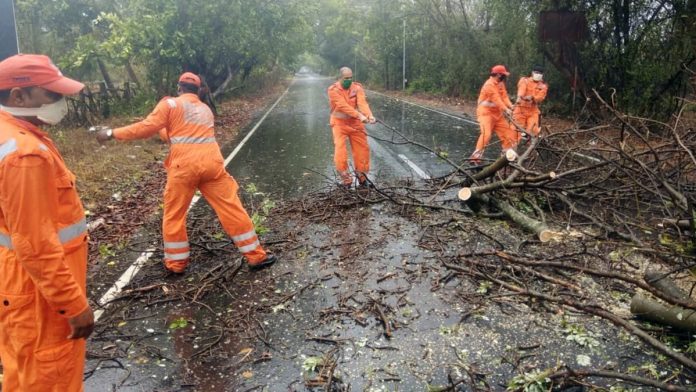Cyclone Nisarga won’t be the last. What you should know
Related Articles
सिंहस्थ कुंभ से पहले कुशावर्त कुंड का होगा जल शुद्धीकरण, 3 घंटे में साफ होगा पूरा कुंड
आगामी सिंहस्थ कुंभ मेला को देखते हुए त्र्यंबकेश्वर स्थित पवित्र कुशावर्त कुंड के जल शुद्धीकरण और पुनरुद्धार की दिशा में बड़ा कदम उठाया गया...
केंद्रीय बैंकों के फैसलों से पहले डॉलर मजबूत, वैश्विक मुद्रा बाजार में बढ़ी अनिश्चितता !
ब्रिटेन, यूरोप और जापान के केंद्रीय बैंकों के अहम ब्याज दर फैसलों से पहले वैश्विक मुद्रा बाजार में हलचल तेज हो गई है, सुरक्षित...
आरक्षण में गड़बड़ी पड़ी भारी, लेखपाल भर्ती पर CM Yogi का कड़ा रुख, अफसरों की बढ़ी टेंशन
सरकारी नौकरियों में आरक्षण को लेकर मुख्यमंत्री योगी आदित्यनाथ ने बेहद सख्त रुख अपना लिया है। देर रात हुई एक अहम बैठक में उन्होंने...


